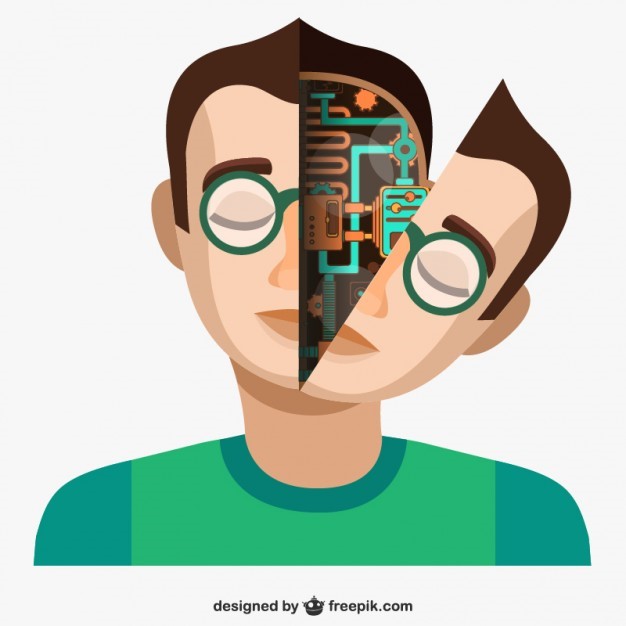Yes, we all love to know the future trends and like to be prepared. Each day, we read about something related to Machine Learning or Artificial Intelligence. Both are the most current and hot buzzwords ruling all the tech trend updates.
The two terms, Machine Learning and Artificial Intelligence, are used interchangeably but are they the same? As Forbes explains, Artificial Intelligence (AI) is a broader term and refers to a way of machines working ‘smartly’. Machine Learning (ML) is a current application of AI that helps give machines access to data to learn for themselves.
There’s a lot that’s being said and discussed about ML. A recently published article on United Press International states that psychologists at the University of Texas used the Stampede supercomputer to identify patterns in neuroimaging data that may help predict depression. Another report on VentureBeat reveals how machine learning lifts users’ personal information from social media posts. There was also a report published on MIT Technology review that explains how ML is introducing new ways of helping disabled people. We also hear that ML will make self-driving cars and robotics possible. All this is only set to make a huge impact on the society and the economy.
If we are to go back to the basics, we must first understand what machine learning is. As per Wikipedia, Machine Learning is a branch of computer science that gives “computers the ability to learn without being explicitly programmed.”
On TechTarget, the definition is “Machine learning is a type of artificial intelligence that provides computers with the ability to learn without being explicitly programmed. Machine learning focuses on the development of computer programs that can change when exposed to new data.”
In our blog earlier this year, we discussed how Internet of Things (IoT) is set to be a major trend in 2017. We also mentioned, in the same blog, that AI powered systems will grow and with that ML development will also experience an increase in demand. While we understand all the increase in machine-to-machine (M2M) communication and IoT, what does this mean for the businesses? To understand this impact, let’s look at some facts about Machine Learning.
- Machines only learn from the data that they receive and can analyze (at an exceedingly high speed).
- Rather than replacing jobs of humans in the future, machines can make it easier to analyze and compare data and, based on the aggregated numbers, give you some conclusions.
- For Machine Learning to work and give reliable results, there are several technologies that need to work together in perfect synchronization. For example: sensors, databases and applications should work in harmony.
- As Machine Learning grows, the importance of communication between app developers and the mobile communication service providers will also grow.
Conclusion
Machine Learning has not and will not be able to explicitly replace humans. Its role will be more of an implicit partnership. It will leave room for humans to think smarter (hopefully) and innovate more. As many programmers fear, Machine Learning or Artificial Intelligence will not replace their jobs but will instead help them to write better software.
Wish to explore more about Machine Learning and how it can impact your business? Speak to one of our experts today.




